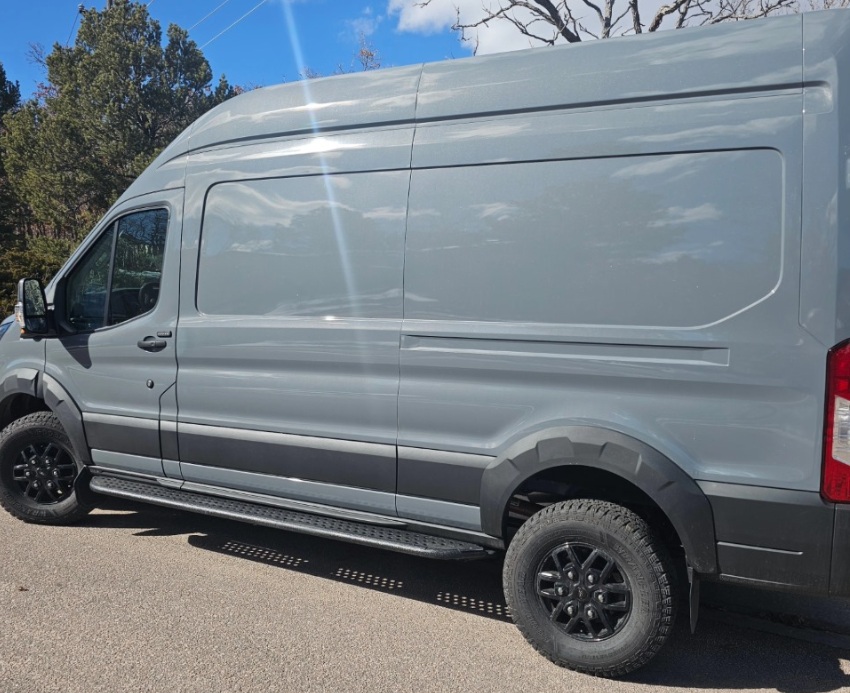
When it comes to determining the cost of insurance for vehicles operating under Amazon Relay, there are several key components to consider. Here's a general breakdown of what you might expect to pay per vehicle:
These figures provide a baseline, but actual costs can fluctuate based on several influencing factors:
Each of these elements can significantly influence your total insurance cost, tailoring it to your specific operational needs and risk profile.
Tractor: Day cab, Box Truck, and Sleeper Cab
Trailers: 28’ Trailer, 53’ Dry Van, and Reefer
To ensure compatibility with Amazon Relay, it's essential to meet specific vehicle requirements. Here's a closer look at what's needed:
Tractors: The program accommodates both day cabs and sleeper cabs, providing flexibility based on your operation's needs.
Trailers: Acceptable options include 28-foot trailers, often referred to as pup trailers, and the standard 53-foot dry vans. Refrigerated trailers, or reefers, are also part of the fleet to handle temperature-sensitive loads.
Box Trucks: For those utilizing 26-foot box trucks, certain criteria must be met:
By adhering to these specifications, you can seamlessly integrate into the Amazon Relay system, optimizing your operations for efficiency and reliability.